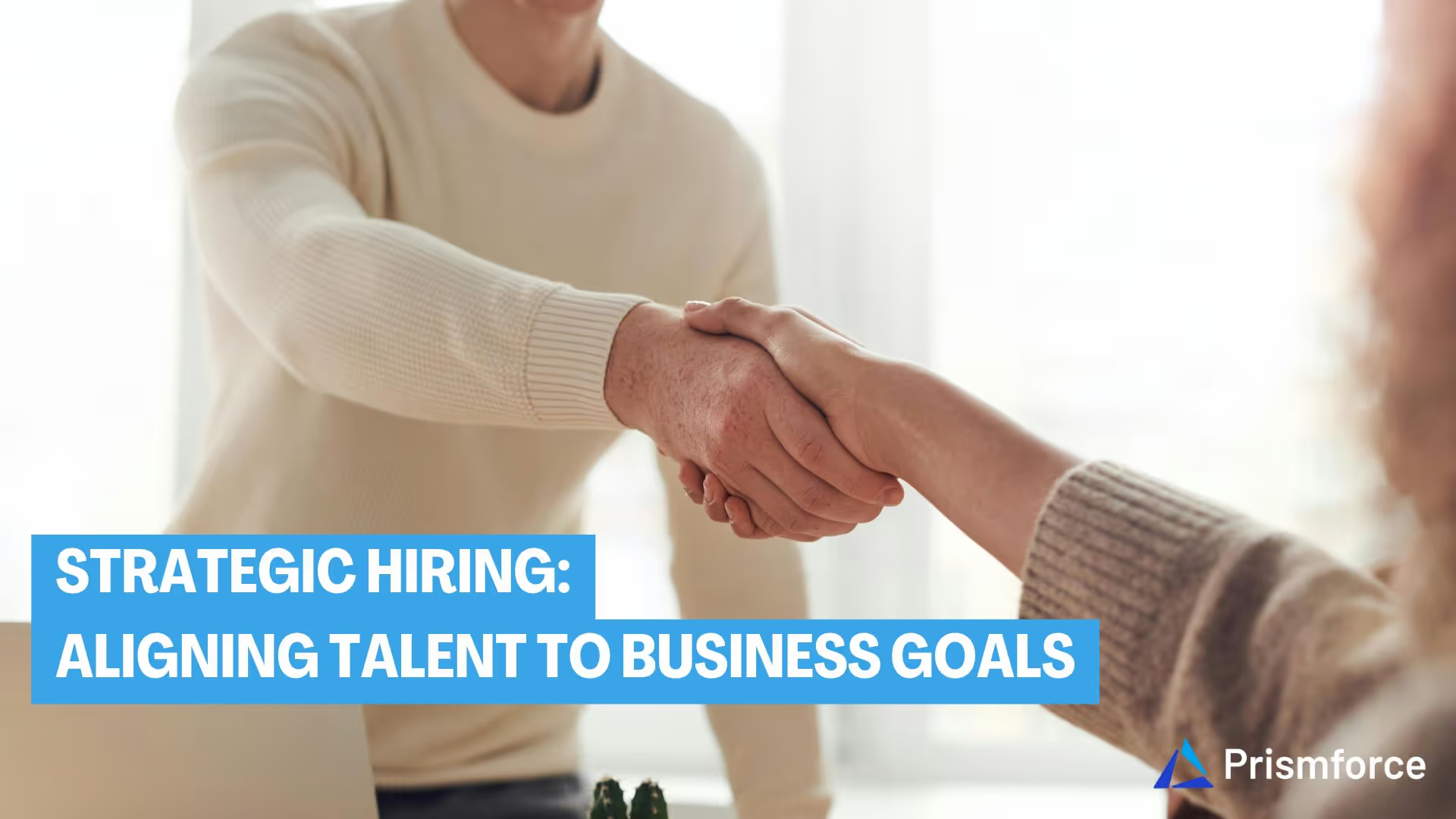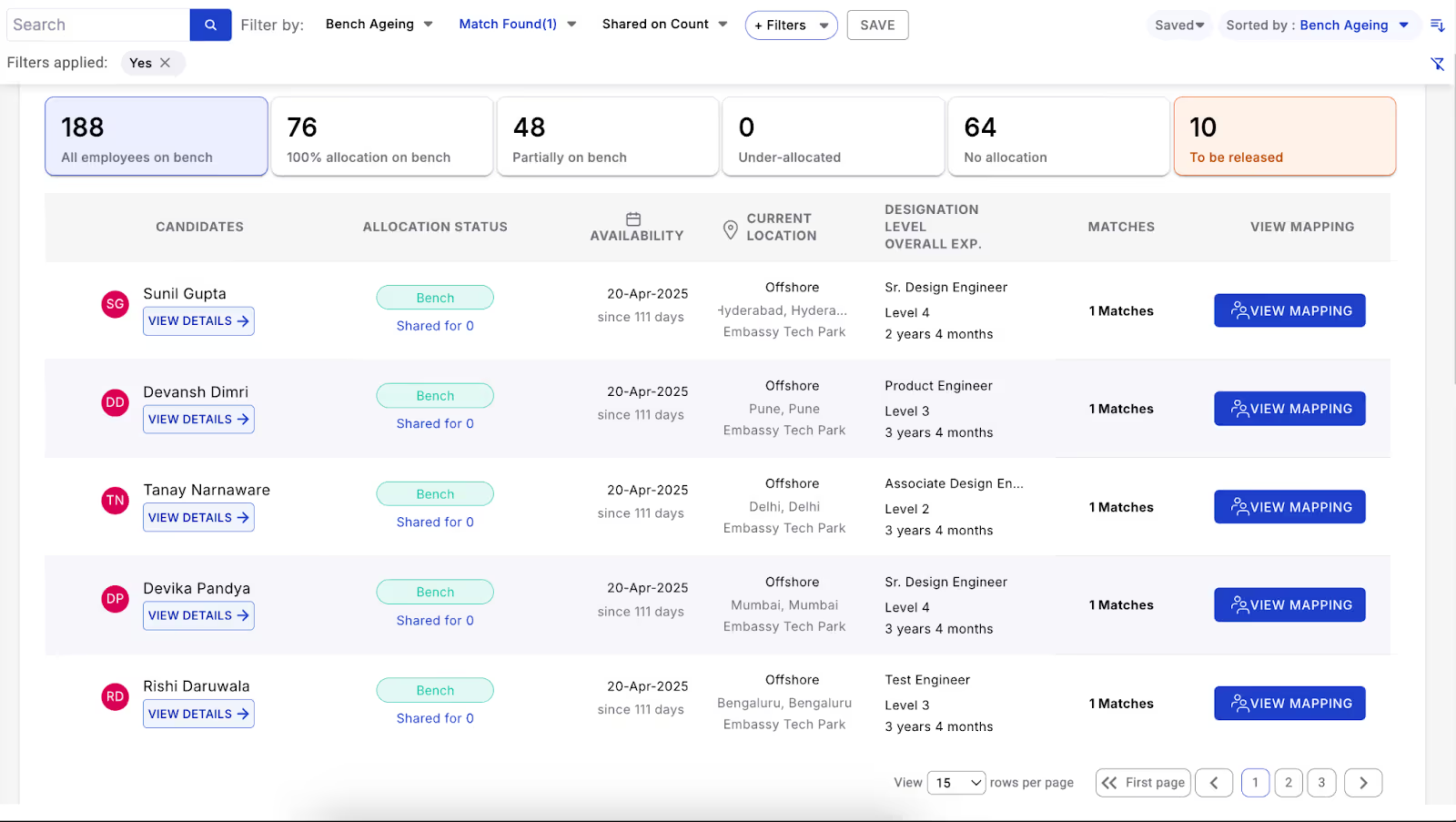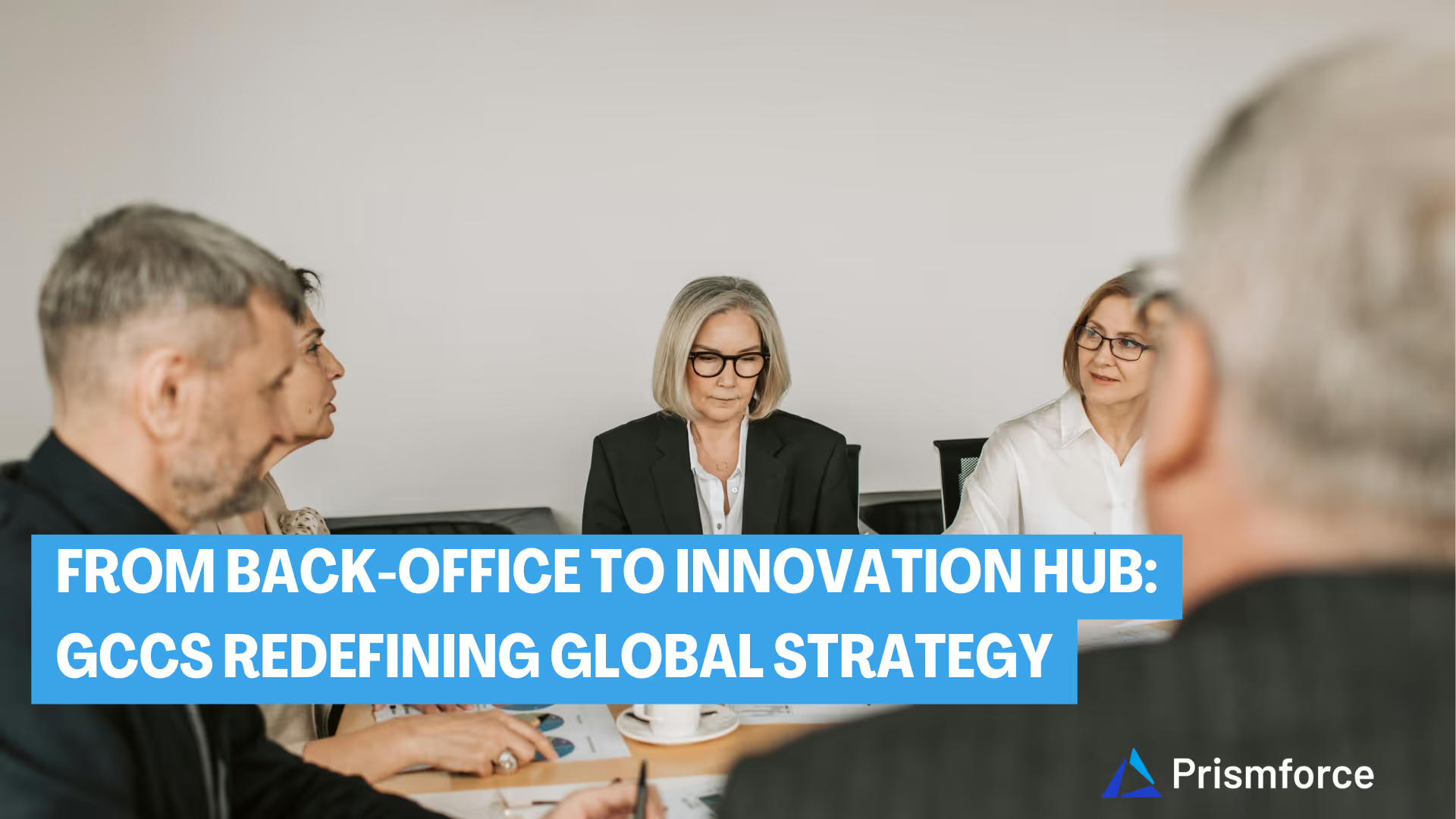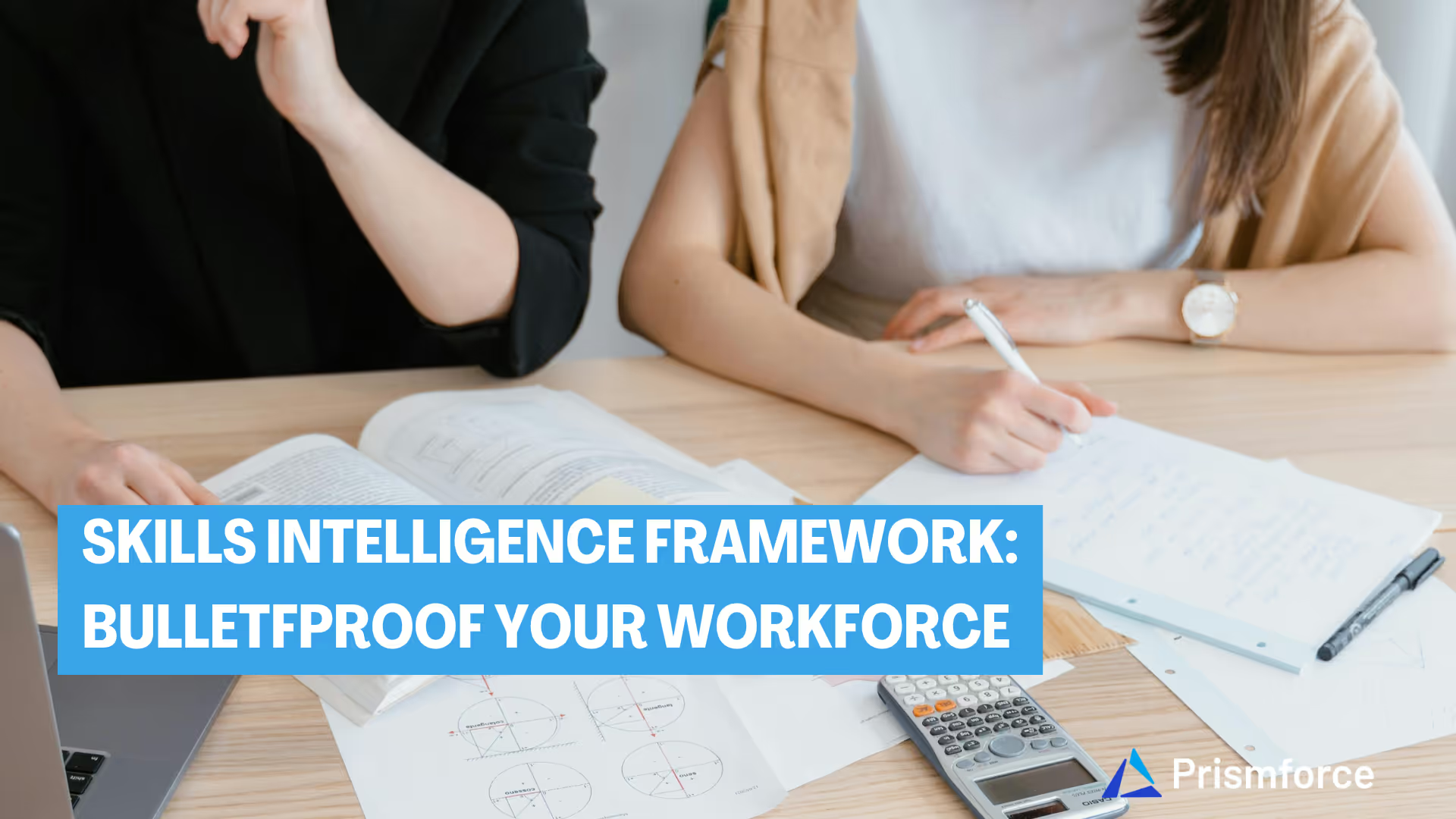
In a world where market conditions shift overnight, technologies evolve at lightning speed, and competition for skilled talent is fierce, the question for organizations is no longer “How do we fill open positions?” but “How do we ensure we have the right talent in place — now and in the future — to meet our business goals?”
This is where strategic hiring becomes essential.
Unlike traditional recruitment, which focuses on immediate vacancies, strategic hiring looks years ahead. It integrates long-term workforce planning with business goal alignment, ensuring that every hire is not just filling a gap, but actively contributing to the organization’s mission, growth trajectory, and competitive edge.
For Human Resources leaders, hiring managers, executives, business strategists, and talent acquisition specialists, strategic hiring is not just an HR function — it’s a core business capability. And for job seekers, it means joining organizations that value sustainable growth and career alignment.
In this blog, we’ll explore:
- What strategic hiring is and why it matters
- Core elements that make it effective
- How it differs from tactical recruitment
- A step-by-step guide to building your strategic hiring plan
- The key metrics to measure its success
- How Prismforce helps you hire strategically at scale
What is Strategic Hiring?
Strategic hiring is the intentional alignment of talent acquisition efforts with the long-term vision, objectives, and operational priorities of an organization. It’s about hiring the right people at the right time for the right roles, based on a clear understanding of where the business is headed.
It blends proactive talent pipeline development with data-driven decision-making, so you’re not scrambling to fill critical roles under pressure. Instead, you’re anticipating future skills needs, building relationships with potential candidates, and positioning your organization as the employer of choice.
Attributes of Strategic Hiring:
- Alignment – Each role supports the company’s mission and growth objectives.
- Planning – Workforce needs are forecasted, not guessed.
- Optimization – Resources and recruitment channels are prioritized for high-impact results.
- Sustainability – Reducing turnover through better fit and career alignment.
- Scalability – Processes that grow as the organization grows.
- Agility – Adapting quickly to business or market changes.
- Precision – Hiring for the exact skills and competencies required.
Example:
If your business plans to launch a new AI-driven product in 18 months, a strategic hiring approach means you’re already identifying and engaging data scientists, machine learning engineers, and product managers today — not six months before launch.
Why Strategic Hiring Matters
Strategic hiring directly impacts an organization’s efficiency, resilience, and ability to scale. Here’s why it’s critical:
1. Aligns Talent with Long-Term Business Goals
Hiring is no longer an isolated HR activity — it’s a lever for executing business strategy. For example, if your company’s 5-year plan includes global expansion, strategic hiring ensures you’re building leadership, language, and cultural capabilities in advance.
2. Improves Workforce Agility
When markets shift — whether due to economic downturns, technological disruptions, or sudden demand spikes — organizations with a strategic hiring plan can pivot without sacrificing performance.
3. Reduces Recruitment Costs
Proactive talent pipelines and better forecasting mean fewer urgent hires (which are often expensive) and lower dependency on costly recruitment agencies.
4. Enhances Retention and Engagement
Employees hired with long-term alignment in mind tend to stay longer, engage more deeply, and grow with the company.
5. Builds Employer Brand Strength
A consistent, future-focused hiring process signals stability and ambition — qualities top talent actively seeks.
According to LinkedIn’s Global Recruiting Trends, organizations with a strategic hiring approach see 50% higher retention and 2x faster time-to-fill for critical roles.
Core Elements of Strategic Hiring
To make strategic hiring work in practice, organizations need to embed these seven core elements into their talent acquisition strategy.
1. Long-term Workforce Planning
Map out the roles and skills your organization will require over 1–5 years, factoring in business growth plans, market trends, and potential disruptors.
2. Business-Goal Alignment
Every new hire should connect directly to a strategic initiative. Ask: “How will this role help us reach our business objectives?”
3. Talent Pipeline Development
Invest in building relationships with potential candidates before a position becomes available. This can include talent communities, campus outreach, and active LinkedIn networking.
4. Role-Based Hiring Strategies
Different roles require different recruitment tactics. For example, executive hires may require retained search firms, while technical hires may be better sourced through industry meetups or coding challenges.
5. Data-Informed Decision-Making
Use analytics to measure source effectiveness, candidate quality, and long-term performance of hires. Tools like Prismforce’s skill intelligence platform can help forecast and fill gaps with precision.
6. Scalable Recruitment Processes
Ensure your recruitment workflows — from sourcing to onboarding — can handle increased hiring volumes without losing quality.
7. Proactive Talent Management
Strategic hiring doesn’t stop at onboarding. It includes career development, succession planning, and retention strategies to maximize the ROI of each hire.
Strategic Hiring vs Tactical Recruitment
Aspect
Strategic Hiring
Tactical Recruitment
Focus
Long-term organizational objectives
Immediate vacancy filling
Approach
Proactive, planned, data-driven
Reactive, role-specific
Time Horizon
1–5 years
Weeks to months
Impact
Sustained growth, talent resilience
Short-term operational continuity
Example
Building a cybersecurity team before entering fintech
Replacing a sales rep who resigned last week
In simple terms: Tactical recruitment solves “today’s problem.” Strategic hiring prevents tomorrow’s problem from happening.
How to Build a Strategic Hiring Plan
Here’s a step-by-step framework:
Step 1: Align with Leadership on Business Goals
Understand the company’s growth plans, product roadmap, and market strategy.
Step 2: Forecast Future Talent Needs
Use historical hiring data, skills gap analysis, and market research to predict needs.
Step 3: Identify Critical Roles
Determine which positions are high-impact, hard-to-fill, or crucial for revenue.
Step 4: Build a Talent Pipeline
Leverage networking, employer branding, alumni relations, and employee referrals.
Step 5: Implement Data-Driven Recruitment Tools
Adopt platforms that track key hiring metrics and automate screening.
Step 6: Foster Cross-Functional Collaboration
HR, hiring managers, and department heads must align on candidate profiles and timelines.
Step 7: Continuously Evaluate and Adapt
Review metrics quarterly and adjust for market changes.
Key Metrics to Track in Strategic Hiring
- Quality of Hire – Performance, retention, and engagement scores.
- Time-to-Fill – Average days from job posting to accepted offer.
- Offer Acceptance Rate – Percentage of candidates accepting offers.
- Cost-per-Hire – Total cost of recruiting per new employee.
- Retention Rate in First Year – Indicates quality and cultural fit.
- Skills Gap Reduction – Tracks how well hiring addresses capability gaps.
Hire Strategically to Meet Your Business Goals with Prismforce
At Prismforce, we help organizations bridge the gap between talent needs and business strategy.

Our AI-powered talent management suite enables you to:
- Map workforce skills to long-term business objectives.
- Identify and close skills gaps before they impact delivery.
- Build scalable, agile hiring processes.
- Leverage data-driven insights for high-precision recruitment.
Whether you’re a tech services provider scaling globally or a fast-growing enterprise navigating market disruption, Prismforce gives you the tools to hire strategically — ensuring every hire moves you closer to your goals.
FAQs
Q1: Why is strategic hiring important during high-growth phases?
It ensures you can scale rapidly without compromising talent quality, enabling sustainable growth.
Q2: How does strategic hiring align with business goals?
By tying each role to a specific strategic initiative, ensuring hires actively contribute to growth.
Q3: What metrics should I track to measure the impact of strategic hiring?
Quality of hire, retention rates, skills gap closure, and time-to-fill for critical roles.
Q4: How do I build a hiring strategy around future skills needs?
Leverage skills forecasting tools, talent mapping, and proactive sourcing.
Q5: How to build a strategic hiring plan in a competitive talent market?
Focus on employer branding, passive candidate engagement, and a compelling employee value proposition.





